Platycodon Root, Jié Gěng, 桔梗, Radix Platycodon Grandiflorus
Disclaimer For educational purposes only. Do not use as medical advice
USA: Platycodon grandiflorus has been introduced to multiple states. USDA Zones: 4-9 Native: China, Japan, Siberia, Korea Habitats: Hill and mountain slopes Herbal medicine may interact negatively with pharma drugs and other herbs. Examples below: Herbs: Counteracts Long Yan Rou and Long Dan Cao ♦ Antidiabetic: Mei Gui Hua, Du Zhong, Dang Shen, HuoLong Guo, rougui, Celery, Chamomile, Moringa Tree, Basil, Ku Gua, Hibiscus, Gou Qi Zi, Ju Hua, Xia Ku Cao, Dang Gui, Zhi Mu, Shi gao, Xuan Shen, Cang Zhu, Shan yao, Huang Qi, Artichoke Pharma Drugs:Antidiabetic: Acarbose (Precose ) , Albiglutide (Tanzeum) , Alogliptin (Nesina) , Bromocriptine mesylate (Cycloset , Canaglifozin (Invokana) , Chlorpropamide (Diabinese) , Dapagliflozin (Farxiga) , Dulaglutide (Trulicity) , Empagliflozin (Jardiance) , Glimepiride (Amaryl) , glipizide (Glucotrol) , Glyburide (DiaBeta , Glynase) , Insulin , Linagliptin (Tradjenta) , Metformin , Miglitol (Glyset) , Nateglinide (Starlix) , Parlodel) , Pioglitazone (Actos) , Pramlintide , Repaglinide (Prandin) , Rosiglitazone (Avandia) , Saxagliptin (Onglyza) , Sitagliptin (Januvia) , Tol-Tab) , Tolazamide (Tolinase) , Tolbutamide (Orinase)
Health Benefits
For: Diabetes • Cholesterol • Cough • Sore throat • Cold/Flu • Alcoholic liver disease
Attributes: Expectorant • Hypoglycemic • Anticholesterol • Antifungal
Products (online examples)
Photos (Click to enlarge)
Fun Facts
Other Names: Balloon Flower • Doraji (Korean) • Chinese Bell Flower
Plant Family: Campanulaceae
Species
None noted
Growth
Platycodon grandiflorus is in the USDA Plant Database. Drill down via USDA Interactive Map:
Category: Phlegm Cold
English: Platycodon Root Pinyin: Jie Geng Pharmaceutical: Radix Platycodon Grandiflorus
Organs: Lung Temperature: Neutral
Taste: Bitter • Pungent Toxicity: Can be eaten as a vegetable
Patterns: Wind cold • Phlegm heat • Lung abscess • Yin deficiency heat
Actions: Disperse Lung qi • Expel mucus • Soothe sore throat • Guide other herbs to upper body • Treat abscesses
Indications: Cough • Cold • Mucous • Sore throat
Contraindications: Blood-stained mucus • Hypoglycemia • Tuberculosis • Anti-diabetic drugs
Typical Dosage: 3g to 10g • 10g for abscesses Guidelines
Parts Used: Root
Other:
Combine With
Purpose
Zi Su Ye + Xing Ren
Expectorant for coughs due to cold/flu
Gan Cao
Laryngitis, sore throat from wind heat
Bei Mu + Bai Dou
Discharge pus
Ju Hua + Sang Ye
Cough from wind heat
Ban Xia
Expectorant for coughs due to cold/flu
Bai Zhi
Promote faster pus discharge
Yi Yi Ren + Gua Lou Ren
Lung infection resulting in abscess
Dui Yao Pairs
Purpose
Jie Geng + Zhi Ke
Chest Bi-Syndrome. Constipation; Phlegm and Qi stagnation
Jie Gent + Xing Ren
Stop cough and clear mucous, minimize asthma, and sooth sore throat [15]]
Formulas with Jie Geng
Bai He Gu Jin Tang • Bei Mu Gua Lou San • Cang Er Bi Dou Yan Fang • Chai Ge Jie Ji Tang • Cong Bai Jie Geng Tang • Fang Feng Tong Sheng San • Huang Long Tang • Huo Xiang Zheng Qi San • Ji Ming San • Jia Jian Wei Rui Tang • Jiu Xian San • Li Yan Cha • Long Dan Bi Yuan Fang • Pu Ji Xiao Du Yin • Qing Fei Tang • Qing Wen Bai Du Yin • Ren Shen Bai Du San • Sang Ju Yin • Shen Ling Bai Zhu San • Shi Wei Bai Du San • Tian Wang Bu Xin Dan • Tong Ru Dan • Wu Ji San • Xia Ru Yong Quan San • Xing Su San • Xue Fu Zhu Yu Tang • Yin Qiao San • Zhi Sou San
Alert
Be cautions with all medicine.
Potential Drug Interactions
Bibliography: [5], [15]
Information in this post came from many sources, including class notes, practitioners, websites, webinars, books, magazines, and editor's personal experience. While the original source often came from historical Chinese texts, variations may result from the numerous English translations. Always consult a doctor prior to using these drugs. The information here is strictly for educational purposes.

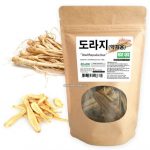
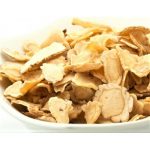
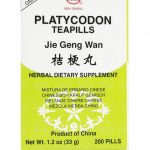
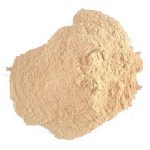
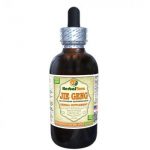
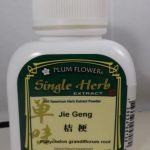
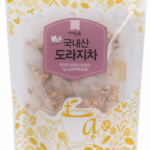
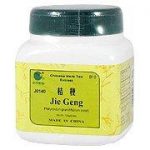
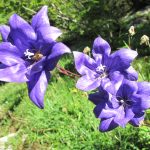
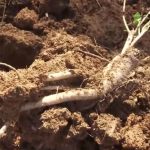
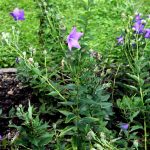
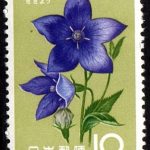
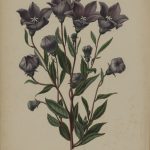
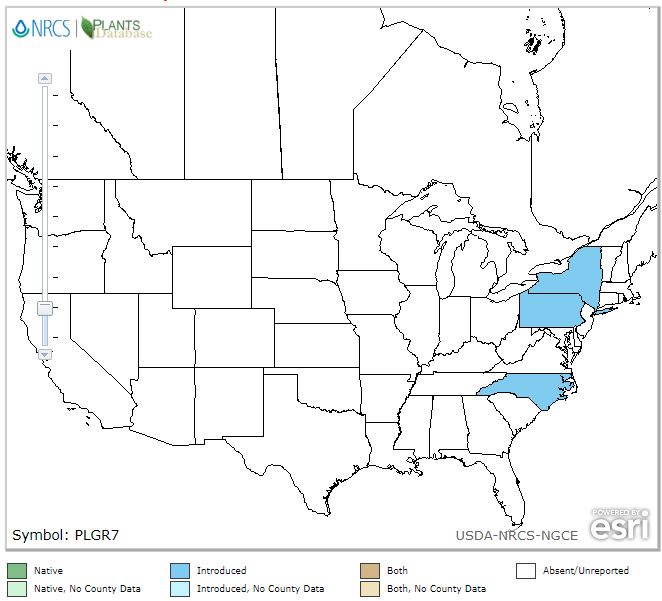
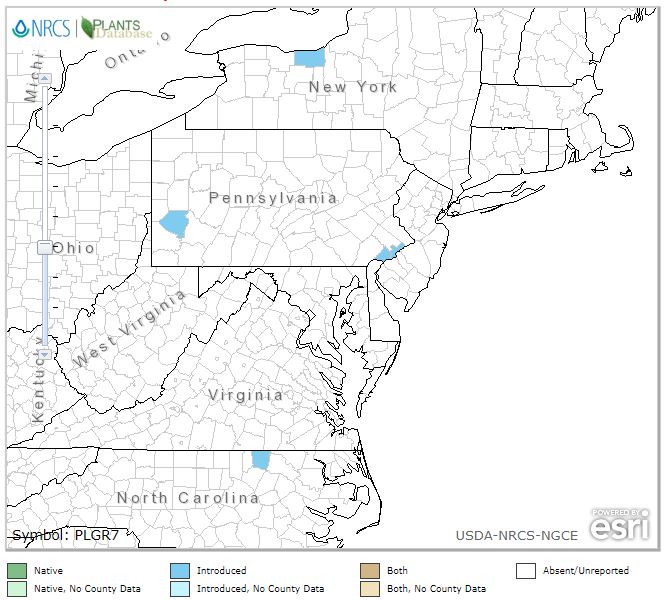
0 Comments